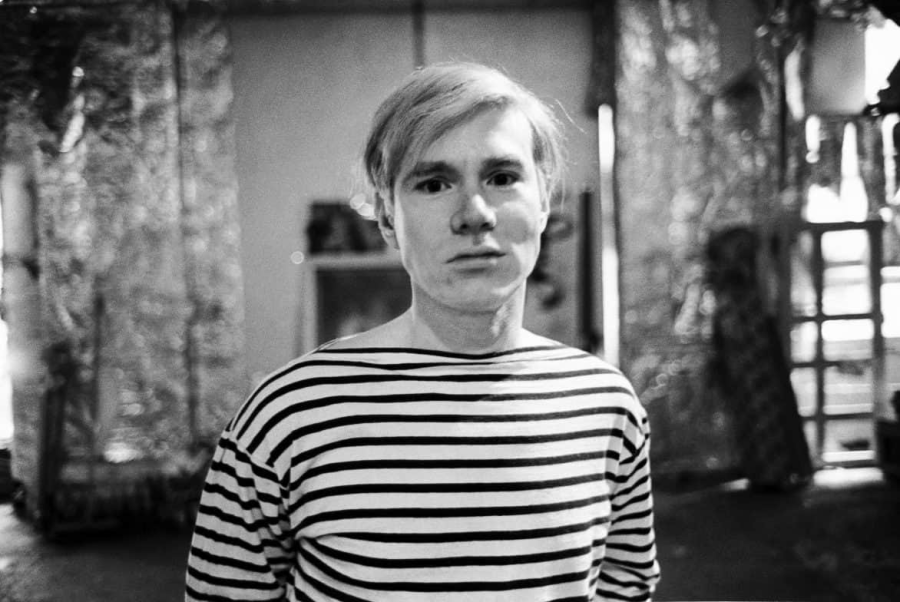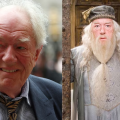
Today, we commemorate the birthday of Andy Warhol, a visionary artist whose impact on the art world continues to resonate. Born on August 6, 1928, in Pittsburgh, Pennsylvania, Warhol rose to prominence as a leading figure in the Pop Art movement, revolutionizing the way we perceive art, culture, and consumerism.
Early Life and Artistic Beginnings
Warhol, originally named Andrew Warhola, showed an early interest in art, influenced by his mother, Julia Warhola, who encouraged his creative pursuits. He pursued commercial art, graduating from the Carnegie Institute of Technology (now Carnegie Mellon University) with a degree in pictorial design in 1949. Warhol then moved to New York City, where he embarked on a successful career as a commercial illustrator, working for high-profile magazines such as Vogue and Harper’s Bazaar.

The Birth of Pop Art
In the 1960s, Warhol transitioned from commercial art to fine art, becoming a central figure in the Pop Art movement. This genre, characterized by its bold, vibrant imagery and incorporation of mass culture elements, perfectly suited Warhol’s aesthetic and philosophy. His iconic works, including the Campbell’s Soup Cans and Marilyn Monroe series, challenged traditional notions of art by elevating everyday objects and celebrities to the status of high art.
The Factory: A Hub of Creativity
Warhol’s studio, known as The Factory, became a cultural epicenter in New York City. Located in a series of different Manhattan locations over the years, The Factory was not just a workspace but a social hub where artists, musicians, writers, and celebrities congregated. Warhol’s innovative use of silkscreen printing allowed him to produce art in a factory-like manner, emphasizing repetition and mass production, core themes of his work.
Exploration of Media and Fame
Warhol’s creative genius was not confined to painting. He ventured into various media, including film, photography, and music. His avant-garde films, such as “Sleep” and “Empire,” pushed the boundaries of traditional cinema, focusing on extended, unedited sequences. Warhol also managed and produced the experimental rock band The Velvet Underground, significantly influencing the music scene.
Warhol himself became a celebrity, embodying his famous dictum, “In the future, everyone will be world-famous for 15 minutes.” His persona—complete with silver wigs and enigmatic quotes—blurred the lines between artist and artwork, creating a unique brand that remains influential.
Legacy and Influence
Warhol’s influence extends far beyond his lifetime. He passed away on February 22, 1987, but his work continues to inspire and provoke. The Andy Warhol Museum in Pittsburgh, the largest museum in the United States dedicated to a single artist, houses an extensive collection of his art and archives, preserving his legacy for future generations.
Warhol’s exploration of consumerism, celebrity culture, and media continues to be relevant in today’s digital age. His ability to foresee and critique the commodification of art and culture remains a critical lens through which we can understand contemporary society.
Memorable Works
- Campbell’s Soup Cans (1962): This series of 32 canvases, each depicting a different flavor of Campbell’s soup, is one of Warhol’s most famous works. It exemplifies his fascination with consumer goods and mass production.
- Marilyn Diptych (1962): Created shortly after Marilyn Monroe’s death, this work features 50 images of the actress, highlighting her status as a cultural icon and the fleeting nature of fame.
- Silver Car Crash (Double Disaster) (1963): Part of Warhol’s Death and Disaster series, this piece juxtaposes the allure of celebrity with the stark reality of mortality.
- Brillo Boxes (1964): Warhol’s replication of commercial packaging challenged the distinctions between art and everyday objects, raising questions about originality and authenticity in art.
Conclusion
Andy Warhol’s revolutionary approach to art and culture has left an indelible mark on the world. His work continues to be celebrated for its boldness, innovation, and insightful commentary on society. As we honor his birthday, we reflect on the profound legacy of a true icon whose influence transcends time and continues to inspire artists and audiences alike.








